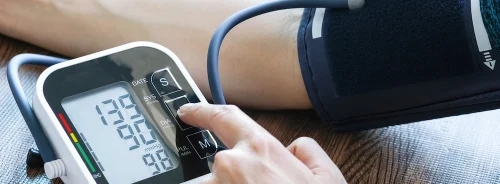Physical activity is associated with mortality risk. Several studies have shown that people who engage in more moderate-to-vigorous activity and are less sedentary have lower mortality rates. These findings have been further confirmed in meta-analyses in which activity sensors record total activity and statistical models predict mortality risk using accelerometers. These studies show that sensor features improve model performance beyond traditional risk factors, such as smoking and alcohol, independent of demographics.
According to a recent study published in PLOS Digital Health, passive smartphone monitoring of people's walking activity can help construct population-level health and mortality risk models.
Previous studies have used measures of physical fitness, such as walk tests and self-reported walk pace, to predict mortality risk. However, these measures focused on quality rather than quantity of movement. Passive smartphone activity monitoring offers the possibility of population-level analyses using similar metrics.
In this study, 100,000 participants in the UK Biobank national cohort who wore activity monitors with motion sensors were monitored for a week. The wrist activity sensor is different from smartphone sensors, but both can be used to extract information on walking intensity from short bursts of walking. Hence, in a way, they can function as a daily living version of a walk test.
The team validated the predictive models of mortality risk using only six minutes per day of steady walking collected by the activity monitor, combined with demographic characteristics. The equivalent of gait speed calculated from this data predicted 5-year mortality independent of age and sex. The models used only walking intensity to simulate smartphone monitors.
The authors conclude that passive measures with motion sensors can achieve similar accuracy to active measures of gait speed and walk pace and offer a feasible pathway toward national screening for health risk.
Source: PLOS Digital Health
Image Credit: iStock







